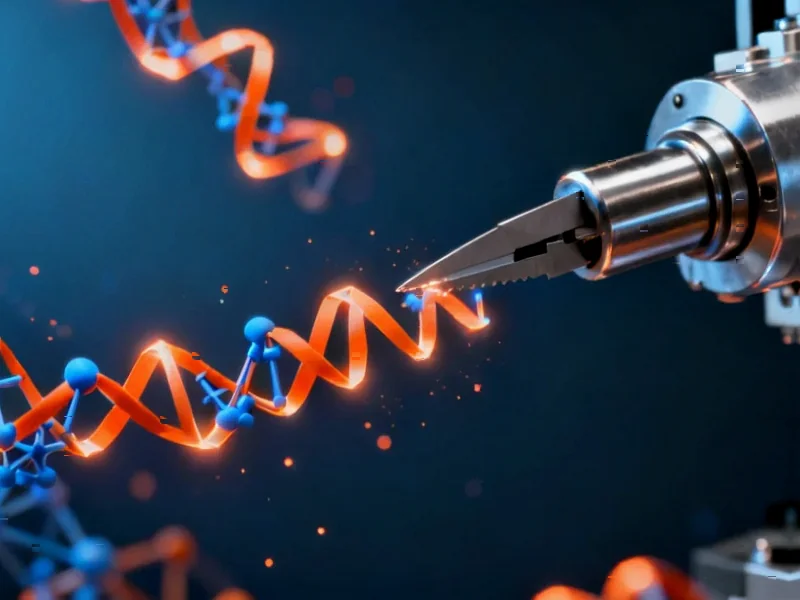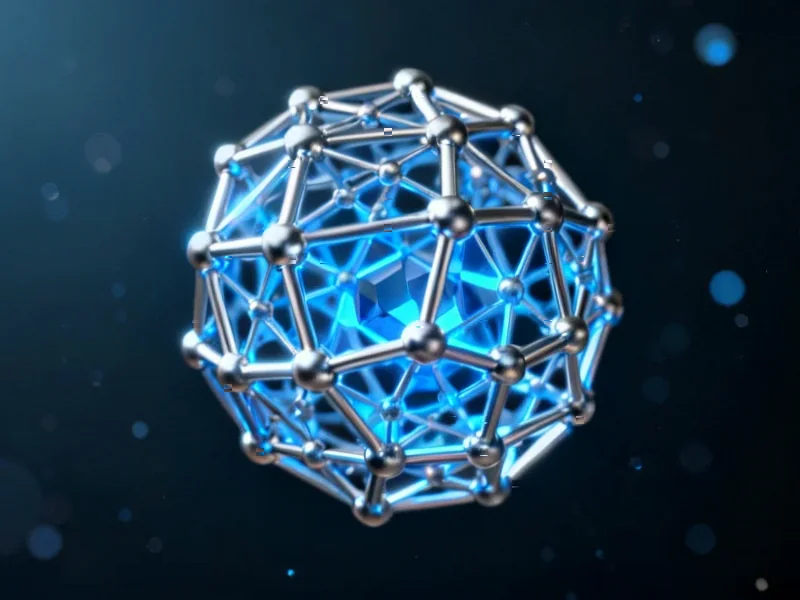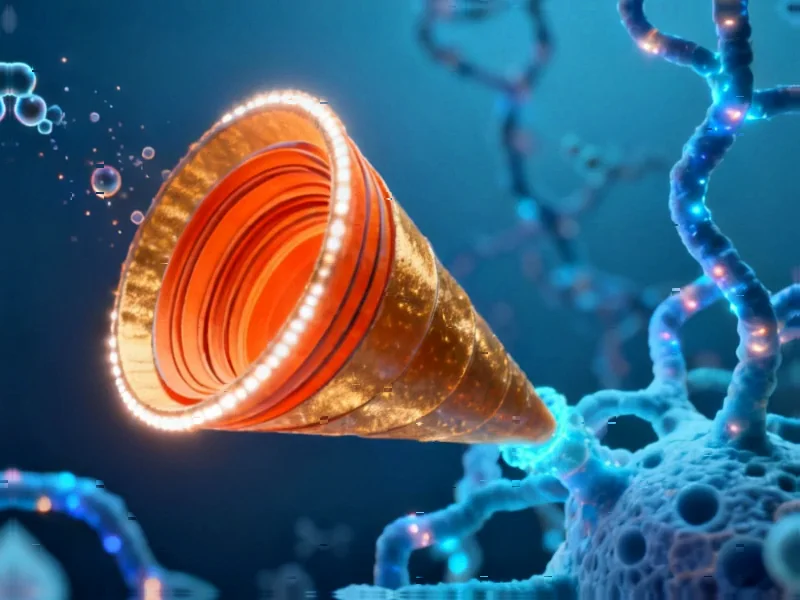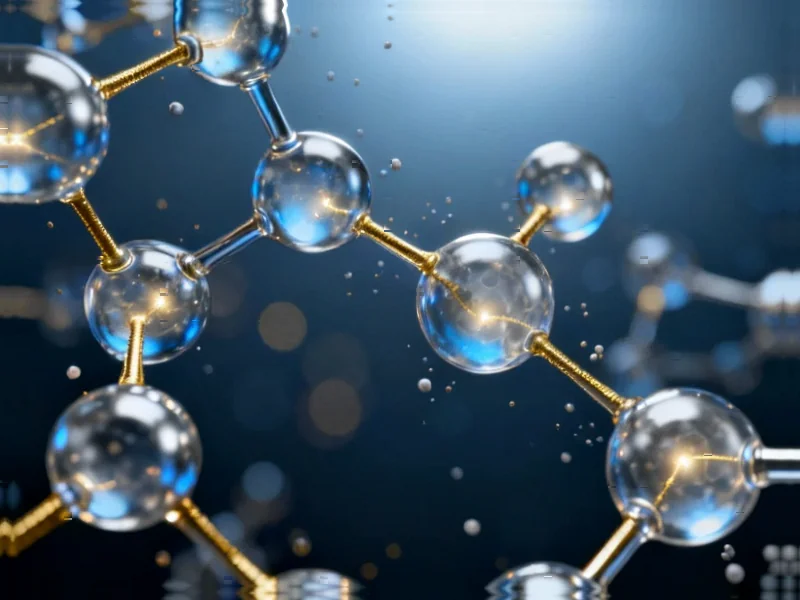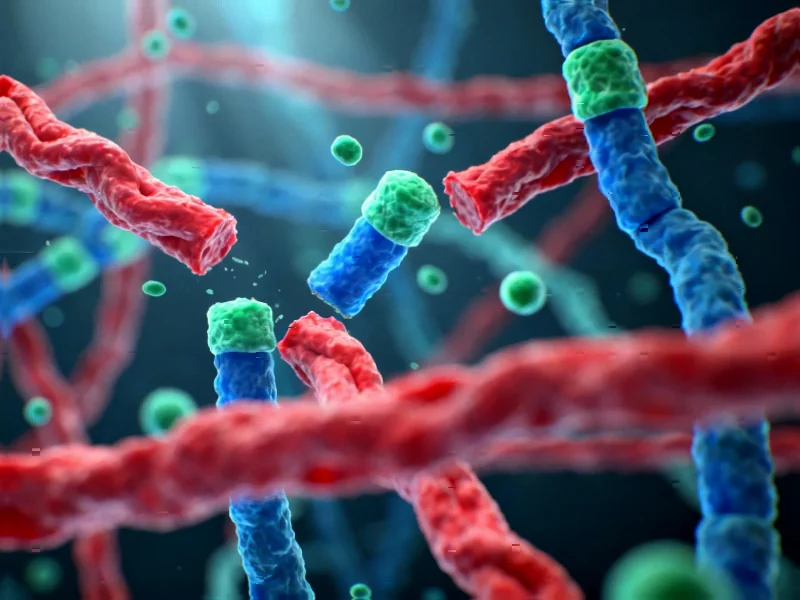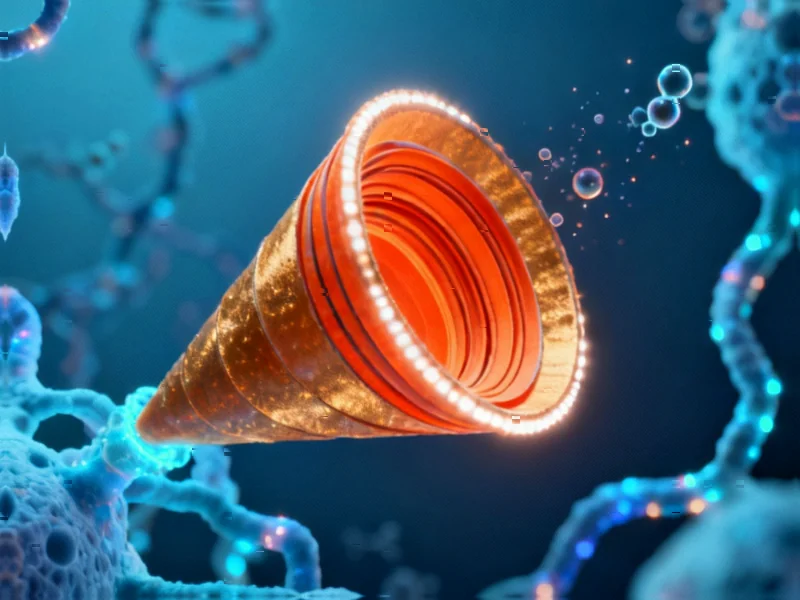Global Climate Action Falling Dangerously Short of Paris Agreement Targets, Analysis Reveals
The world is failing to meet climate change targets across all measured sectors, according to a comprehensive new analysis. While some areas show promising development, the pace remains insufficient to limit global warming to 1.5 degrees Celsius.
Climate Progress “Alarmingly Inadequate” Worldwide
The global response to climate change is progressing at an “alarmingly inadequate” pace, according to a major new analysis from Systems Change Lab. The State of Climate Action 2025 report reveals that none of the 45 indicators tracking climate progress are on course to meet their 2030 targets established under the Paris Agreement.


